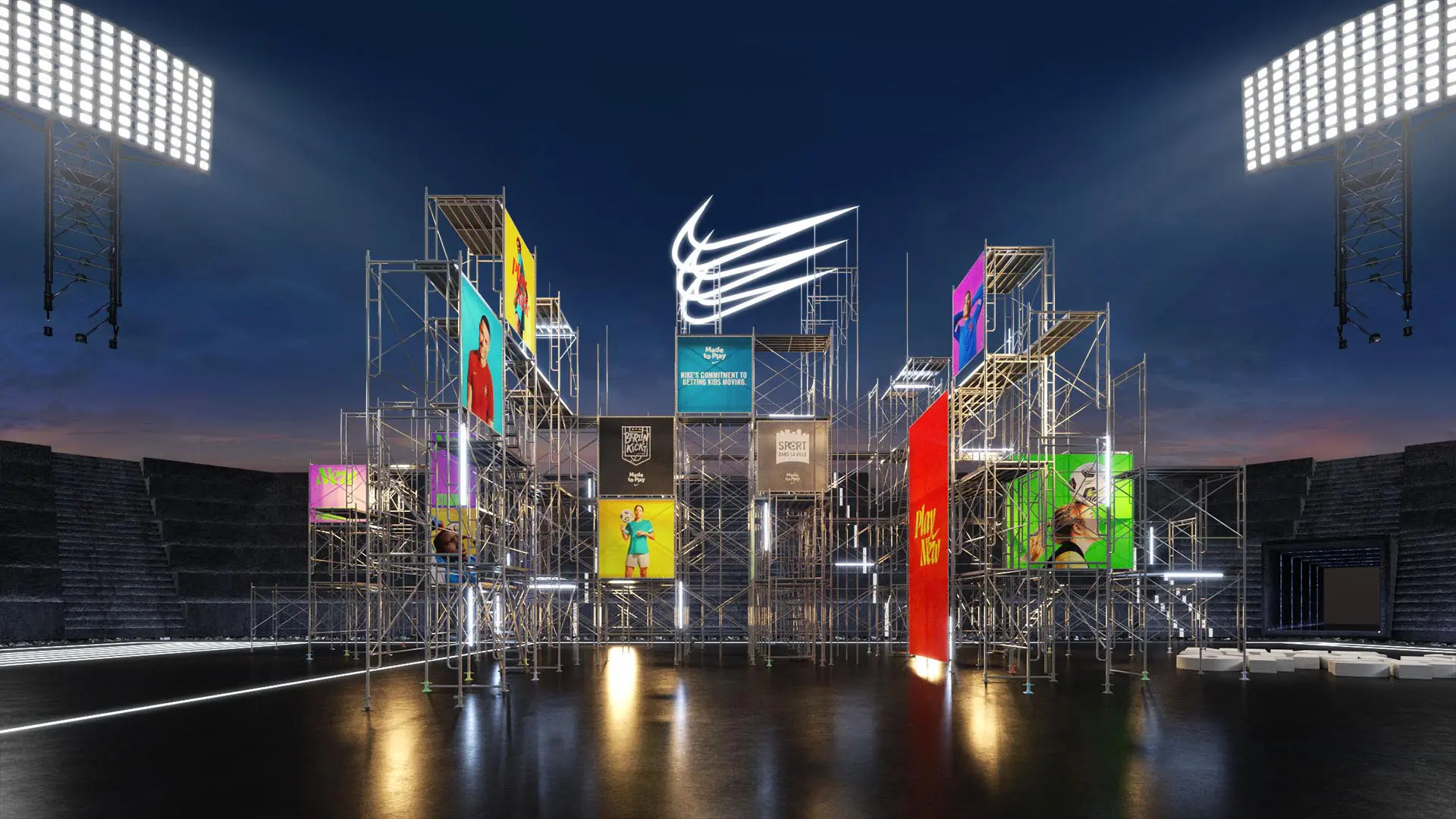In an age where attention is the new currency, brands are constantly exploring innovative ways to engage consumers. In 2025, the emphasis is shifting from transactional marketing to transformational experiences. Brands are no longer just selling products—they’re crafting immersive journeys that captivate, educate, and entertain. These experiences merge technology, storytelling, and human emotion to create powerful, memorable interactions. Let’s explore the top 5 immersive experiences that brands are investing in this year.
1. Augmented Reality (AR) Shopping Environments
The retail landscape is undergoing a radical transformation, and at the heart of it lies Augmented Reality (AR). In 2025, AR is not just a gimmick—it’s a fully integrated shopping tool.
Why Brands Are Betting on It:
- Try Before You Buy: AR allows customers to visualize products in real-world settings, from trying on clothes virtually to placing furniture in their home.
- Personalization: AR experiences can adapt to individual user preferences, creating tailored product suggestions.
- Engagement: Interactive and visually rich, AR experiences keep users engaged longer than traditional e-commerce interfaces.
Notable Examples:
- IKEA Studio: An AR app that lets users redesign rooms in real-time with IKEA furniture.
- L’Oréal’s Virtual Makeup Try-On: Enables users to test different shades and looks instantly using their smartphone camera.
The Future:
As AR glasses become more affordable and mainstream, expect AR shopping to migrate from smartphones to wearable tech, making it even more immersive and seamless.
2. Virtual Flagship Stores in the Metaverse
The metaverse continues to evolve, and brands are now establishing their virtual real estate in immersive digital worlds. These aren’t just websites—they’re interactive environments that mimic (and even enhance) the experience of a physical store.
Why Brands Are Betting on It:
- Global Reach: Consumers can visit these stores from anywhere in the world.
- 24/7 Interactivity: No opening hours or staff constraints.
- Gamification & Exploration: Users can interact with digital products, earn rewards, and participate in brand-sponsored events.
Notable Examples:
- Nike’s NIKELAND on Roblox: A digital playground that lets users play games, dress avatars in Nike gear, and collect rewards.
- Gucci Garden: An immersive storytelling space where users could explore various themed rooms and collect virtual fashion items.
The Future:
With AI-powered avatars, holographic product showcases, and social shopping events, virtual flagship stores will continue evolving into full-scale brand theme parks.
3. Mixed Reality Product Launches
Product launches are becoming hybrid spectacles that blend the physical and digital worlds using Mixed Reality (MR) technologies. MR combines AR and VR to create immersive experiences where physical and virtual elements interact in real time.
Why Brands Are Betting on It:
- Buzz and Virality: A well-executed MR launch can go viral on social media, creating massive organic reach.
- Immersive Storytelling: MR allows brands to tell their product story in 3D space, which resonates more deeply than conventional video or print.
- Media & Influencer Magnet: These events attract influencers and journalists eager to capture cutting-edge experiences.
Notable Examples:
- Apple Vision Pro Launch (2023): A blend of physical keynote and virtual demonstrations viewed through AR headsets.
- BMW’s MR Vehicle Reveal: Allowed attendees to explore new vehicle models with interactive holograms and live data overlays.
The Future:
As 5G and edge computing improve real-time rendering, expect MR product launches to become more elaborate, with global simulcast capability and even haptic feedback.
4. AI-Powered Personalized Experiences
AI has moved beyond chatbots and recommendations. In 2025, it powers dynamic, responsive environments that adapt to users in real time.
Why Brands Are Betting on It:
- Hyper-Personalization: AI can track user behavior, preferences, and even emotional responses to deliver customized experiences.
- Efficiency: Smart systems can streamline service delivery, improving customer satisfaction.
- Consistency Across Platforms: AI ensures a seamless brand experience whether on a website, app, or in-store.
Notable Examples:
- Spotify Wrapped 2025: Uses advanced machine learning to not only recap your year in music, but also create a unique narrative journey tailored to your taste.
- Amazon Astro for Business: An AI-driven assistant that offers customer interaction, real-time analytics, and dynamic advertising in retail spaces.
The Future:
Expect AI experiences to evolve into emotional AI, where systems interpret tone of voice, facial expressions, and biometric data to adapt responses in real time.
5. Live Immersive Brand Experiences & Events
In a post-pandemic world, live experiences are back in full swing—but with a twist. They’re no longer just about attendance; they’re about immersion.
Why Brands Are Betting on It:
- Emotional Connection: Immersive events generate strong emotional responses, boosting brand loyalty.
- Social Sharing: These experiences are Instagram- and TikTok-worthy, leading to organic promotion.
- Sensory Engagement: Using smell, touch, sound, and sight to create deeper brand connections.
Notable Examples:
- Stranger Things: The Experience (Netflix): A touring immersive event blending escape room, theater, and interactive storytelling.
- Coca-Cola Dreamworld Launch: Included multisensory pop-ups in major cities that featured soundscapes, light tunnels, and flavor sampling.
The Future:
With holograms, biometric-triggered responses, and AR overlays, live events will only become more immersive and memorable in the years ahead.
Final Thoughts
Immersion is no longer a luxury; it’s a necessity. Consumers in 2025 crave experiences that go beyond the product—and brands are delivering. From AR shopping to metaverse showrooms, from AI-driven personalization to unforgettable live events, the lines between reality and marketing are blurring. The brands that succeed are those that understand emotion, harness technology, and put the consumer at the center of the story.
As we move deeper into the experience economy, immersive storytelling and engagement will become the key differentiators. For marketers and business leaders, the message is clear: the future of branding is not what you say—it’s what your audience feels and remembers.

